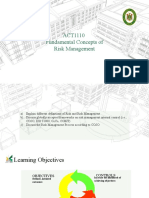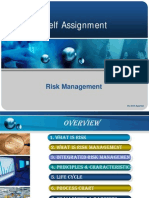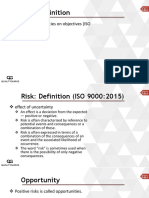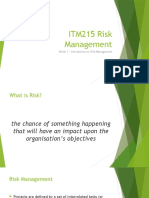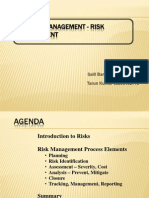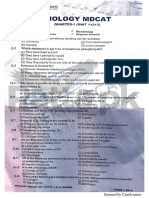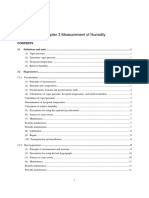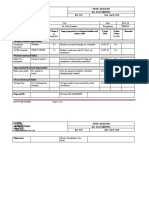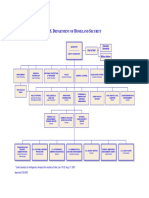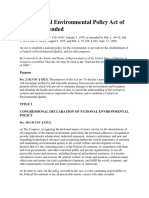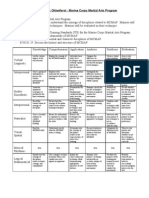0% found this document useful (0 votes)
237 views40 pagesISO/IEC 17025:2017 Risk Analysis: Sumaira Nosheen Scientific Officer/Asst. Quality Manager Pcsir-Llc
This document discusses risk analysis in ISO/IEC 17025. It explains the objectives of risk-based thinking training which are to explain risk management in ISO/IEC 17025 and understand the risk management process. It then outlines the risk management process which includes establishing context, risk identification, risk analysis and evaluation, risk treatment, and monitoring and review. Finally, it provides examples of risk identification and analysis methodology.
Uploaded by
Khalid JavedCopyright
© © All Rights Reserved
We take content rights seriously. If you suspect this is your content, claim it here.
Available Formats
Download as PDF, TXT or read online on Scribd
0% found this document useful (0 votes)
237 views40 pagesISO/IEC 17025:2017 Risk Analysis: Sumaira Nosheen Scientific Officer/Asst. Quality Manager Pcsir-Llc
This document discusses risk analysis in ISO/IEC 17025. It explains the objectives of risk-based thinking training which are to explain risk management in ISO/IEC 17025 and understand the risk management process. It then outlines the risk management process which includes establishing context, risk identification, risk analysis and evaluation, risk treatment, and monitoring and review. Finally, it provides examples of risk identification and analysis methodology.
Uploaded by
Khalid JavedCopyright
© © All Rights Reserved
We take content rights seriously. If you suspect this is your content, claim it here.
Available Formats
Download as PDF, TXT or read online on Scribd
/ 40
